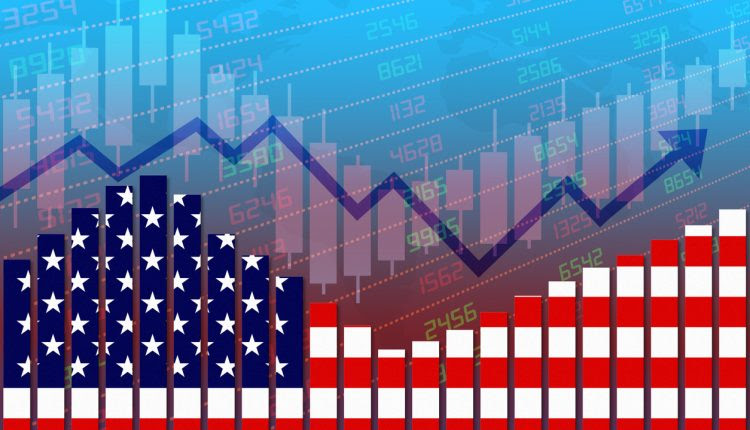Products have increased in June in the United States, with inflation reaching 9.1% due to the explosion of gasoline prices, which increases the pressure on Joe Biden, summoned to act for the purchasing power of households
This programming, the strongest over one year since November 1981, threatens growth insofar as consumption is the main engine of the U.S. economy.
It also worsens the popularity of the Democratic leader a few months before an important election with the renewal of a large part of the elected members of Congress.
Prices, which had already climbed 8.6% in May over a year, jumped in June even more than analysts expected. Over a month, the increase was 1.3% in June, up from 1.0% in May, according to figures released by the Labor Department.
Republican leaders were quick to react on Twitter, with Senator Marco Rubio accusing Democrats of “not caring about the things that matter to the average American”.
President Joe Biden acknowledged, in a statement, that these figures were “too high” and recalled that the fight against inflation was his “priority”. But, he immediately added as if to clear his name, they are “obsolete” because gasoline prices have fallen in recent weeks.
The price per gallon (about 3.8 liters) in the U.S. is actually back down to about $4.63 now, after climbing above the symbolic $5 mark for the first time in June. This “should provide some relief for American families,” Biden said.
Americans had accumulated significant savings during the COVID-19 pandemic, thanks in part to substantial government assistance and spending limited by containment measures and business restrictions.
But last year’s strong recovery in demand, combined with problems in supply chains, fueled high inflation, which was exacerbated by the spike in energy prices triggered by the crisis in Ukraine in late February.
The price increase in June affected all sectors, the Labor Department said in a statement. But the biggest contributors to the increase were housing, gasoline and food, expenses at the heart of daily life.
Energy prices, in particular, rose 41.6 percent year-over-year, recording their largest increase since April 1980.
As for food prices, they experienced their strongest increase since February 1981, rising by 10.4% over one year.
Excluding the more volatile food and energy prices, so-called core inflation accelerated slightly over the month to +0.7%. But it eased over a year for the third month in a row, to +5.9%.
Vacation rentals and airline tickets were among the few goods and services to decline in June.
However, this small slowdown and the slight decline in prices at the pump should not be enough to prompt the U.S. central bank (Fed) to ease its current policy.
The Fed began aggressively raising interest rates in March to curb demand and calm this price increase. It even raised them by three-quarters of a percentage point in June, its largest increase since 1994. These rates, which set the tone for loans to individuals and businesses, are now in a range between 1.50% and 1.75%.
Ian Shepherdson of Pantheon Macroeconomics said core inflation should continue to fall in the coming months, partly because of lower wage increases, lower commodity prices and a stronger dollar, which makes imports cheaper for Americans. But the latest inflation numbers “will make the Fed very uncomfortable,” he predicts.
The central bank is expected to raise rates by another three-quarters of a point at its next two meetings, in July and September, says Kathy Bostjancic of Oxford Economics.
Others are talking about a one-point rate hike, which would be the first since the 1980s. This open door to an even tighter monetary policy in the United States temporarily pushed the euro below the symbolic threshold of one dollar on Wednesday, July 13, which had not been crossed since December 2002.
This idea also made Wall Street nervous, where the main indices ended in the red.



Comment here